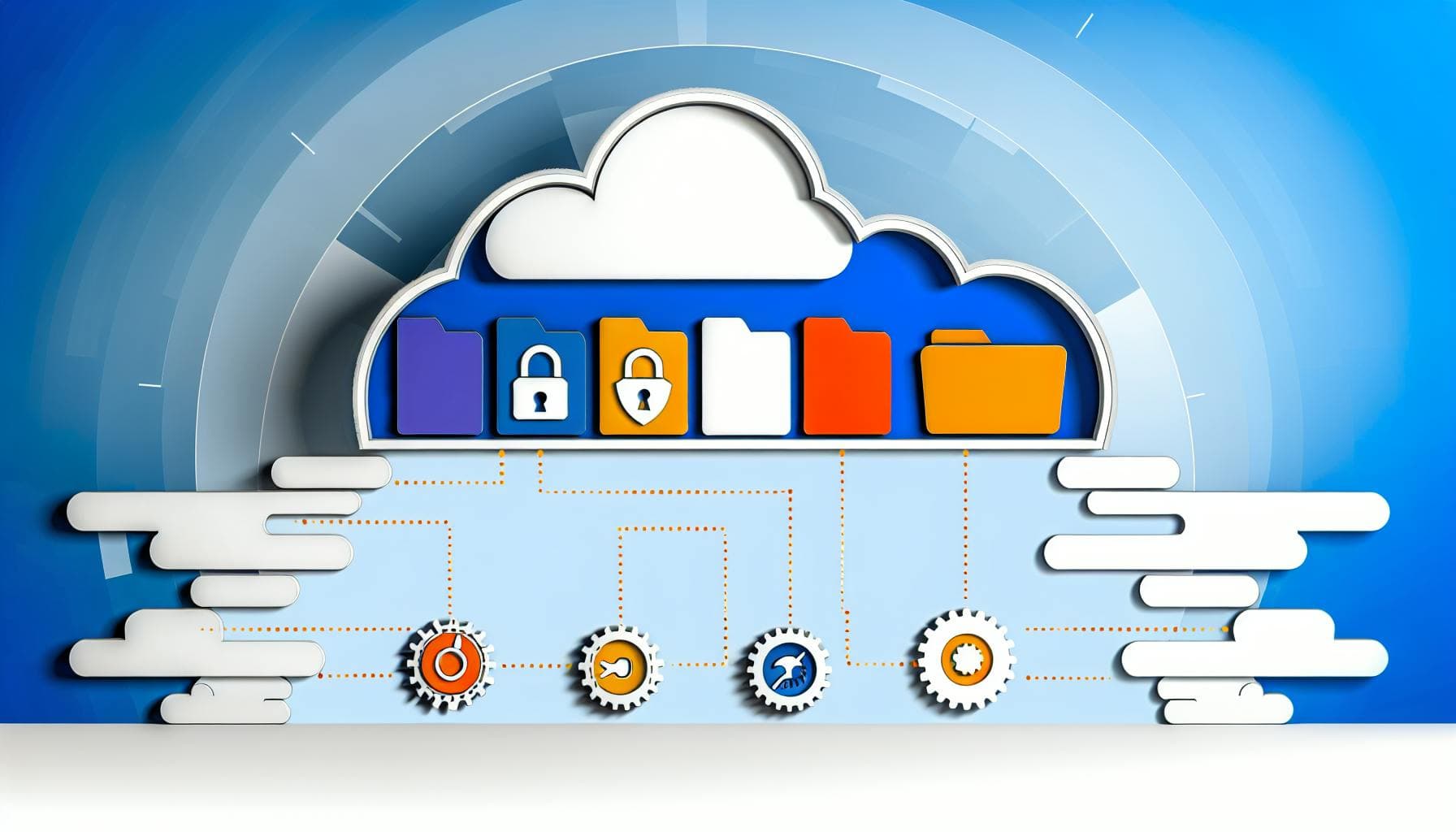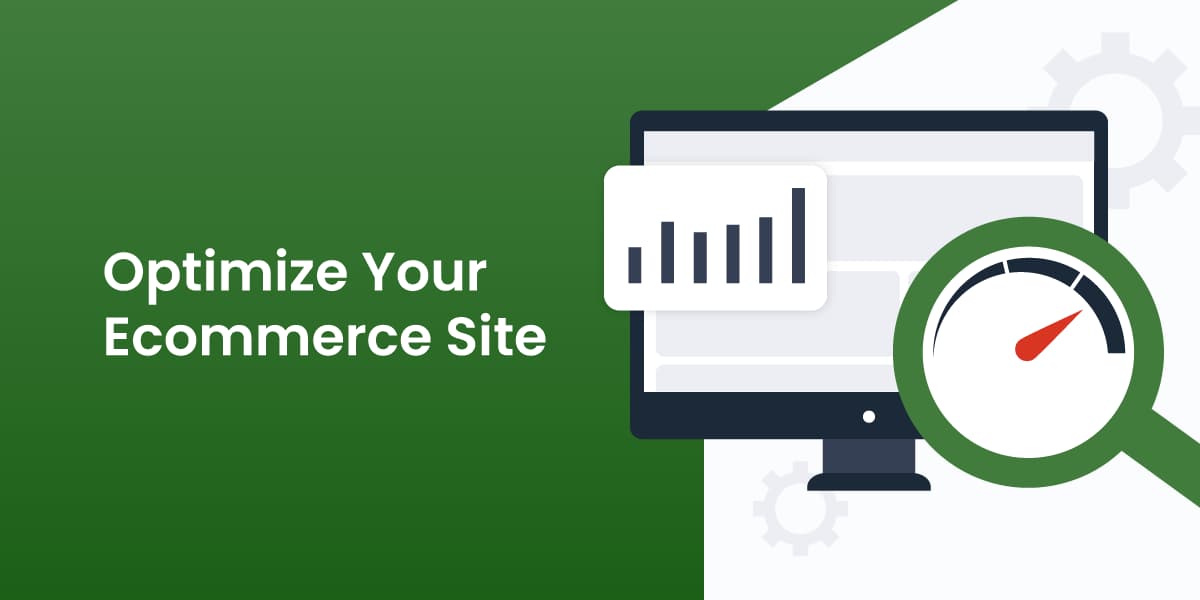In a highly competitive business landscape, innovation is the key to success. Companies constantly strive to stay ahead by quickly developing innovative products and bringing them to market. One technology that has been a game-changer is 3D printing services and prototyping. Explore why businesses should consider leveraging 3D printing for product design and prototyping needs.
1. Rapid Prototyping
Rapid prototyping with 3D printing is a game-changer for businesses. Traditional prototyping methods involve intricate processes, including the creation of molds or tooling, which can be time-consuming and costly. In contrast, 3D printing allows for the swift transformation of conceptual designs into tangible prototypes. This accelerated prototyping phase enables businesses to iterate and refine their product designs more efficiently, ultimately reducing time to market. By minimizing the time and resources needed for prototyping, companies can seize opportunities and respond promptly to market demands.
2. Cost-Effective Design Iterations
Businesses often need to refine and revise their designs to meet evolving requirements and customer preferences. Traditional manufacturing methods require substantial investments in new molds or tooling for each design iteration, driving up costs. 3D printing, however, offers an economical solution. With its ability to modify designs with ease and minimal cost, businesses can experiment with various iterations, fine-tuning their products without breaking the bank. This cost-effective approach promotes innovation and helps companies stay competitive.
3. Customization and Personalization
Consumers increasingly seek customized and personalized solutions to meet their unique needs and preferences. 3D printing empowers businesses to cater to this demand by providing a platform for the creation of personalized products. 3D printing allows companies to offer tailored solutions, from personalized smartphone cases to custom-fit orthopedic implants. This enhances customer satisfaction and opens exciting opportunities for niche markets and specialized product offerings.
4. Reduced Material Waste
Sustainability and environmental concerns are paramount in today’s business landscape. Traditional manufacturing processes often generate substantial material waste during production. In contrast, 3D printing follows an additive manufacturing approach, where the material is deposited layer by layer to create the final product. This method significantly reduces material waste, aligning with environmentally conscious practices. By adopting 3D printing, businesses can contribute to a greener future while minimizing costs associated with material disposal.
5. Complex Geometries
Some product designs require intricate and complex shapes that are challenging or impossible to achieve with traditional manufacturing methods. 3D printing excels in producing these complex geometries effortlessly. Whether it’s intricate lattice structures, organically curved components, or irregular shapes, 3D printing offers unparalleled freedom in design. This capability expands the horizons of product development, enabling companies to push the boundaries of creativity and innovation in their designs.
6. On-Demand Production
Traditional manufacturing often involves producing products in bulk, leading to high storage costs and the risk of overproduction. 3D printing introduces the concept of on-demand production, where items are fabricated as needed. This just-in-time approach reduces the need for extensive warehousing and minimizes the risk of surplus inventory. Companies can respond swiftly to market fluctuations, ensuring they meet customer demands without incurring unnecessary costs, ultimately improving their bottom line.
7. Prototyping for Investors and Stakeholders
A tangible prototype can be worth a thousand words when presenting innovative product ideas to potential investors or stakeholders. 3D printing allows businesses to create visually impressive and functional prototypes. These prototypes offer a tangible representation of the product’s potential, making securing investments and garnering support from key stakeholders easier. By showcasing a physical prototype, companies can effectively communicate their vision and instill confidence in the viability of their product concepts.
8. Improved Product Testing
Rigorous product testing is essential to ensure the quality and functionality of a new product. 3D-printed prototypes are ideal for this purpose. They allow businesses to conduct a wide range of tests, including stress testing, durability assessments, and functional checks. This thorough testing phase helps identify and rectify design flaws and weaknesses early in development. Consequently, businesses can save substantial time and resources by addressing issues during the prototyping stage rather than in full-scale production, ultimately delivering higher-quality products to the market.
9. Supply Chain Resilience
Recent disruptions in global supply chains have underscored the importance of supply chain resilience. 3D printing can be a valuable tool in enhancing this resilience. Companies can use 3D printing to produce critical components locally, reducing dependence on distant suppliers. This decentralization of manufacturing can help mitigate the risks associated with supply chain disruptions, ensuring that businesses maintain a consistent flow of essential components and products even in challenging times.
10. Competitive Advantage
Staying ahead of the curve is essential in a business environment characterized by rapid changes and intense competition. Businesses that accept 3D printing for product design and prototyping gain a significant competitive advantage. They can respond promptly to market shifts, offer innovative and unique products, and adapt swiftly to evolving customer preferences. This agility and forward-thinking approach can be the key to thriving in a dynamic marketplace where adaptation and innovation are the hallmarks of success.
Conclusion
The myriad benefits of 3D printing services and prototyping make it an indispensable tool for businesses. From rapid prototyping and cost-effective design iterations to customization, reduced material waste, and the ability to create complex geometries, 3D printing offers a competitive edge that cannot be ignored.
Don’t wait any longer; seize the future of innovation and stay ahead of the competition. Please visit KC Proto for more information on how 3D printing can benefit your business and explore our Custom 3D printing services. Take the first step towards a brighter tomorrow.

